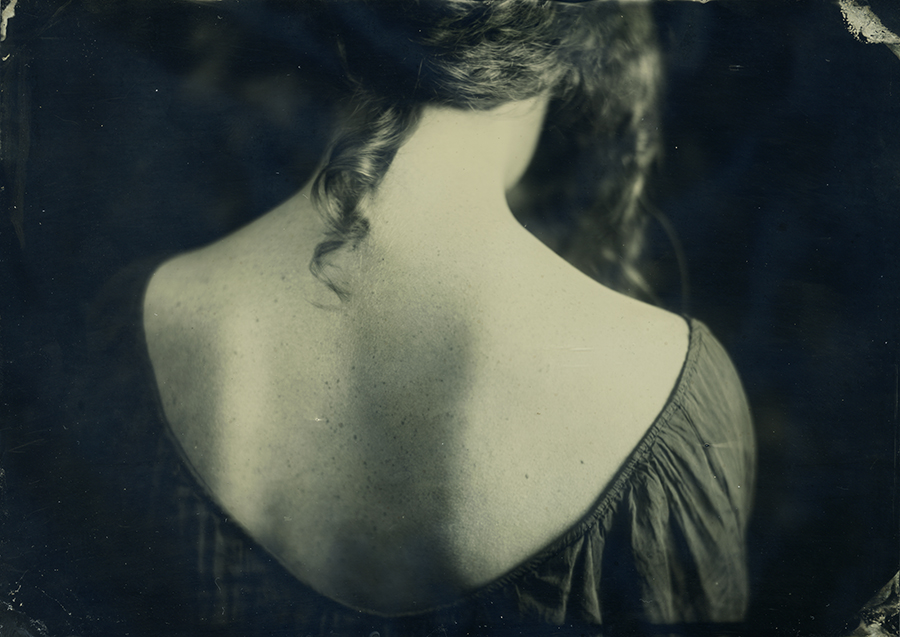The portrait has to be one of the most awkward of all photographic genres. In front of your camera waits a model wondering what to do. Looking through a viewfinder at this situation you too are wondering what to do. In this floundering interaction somebody has to take control.
Often when working with models they know how to come alive. Before you know it they’re pulling of beautiful poses. The more creative models will start freestyling doing all kinds of unexpected contortions. You can create the most unique set of images but when it’s time to place them into a personal body of work, they rarely find a place.
On the other spectrum, where the model waits awkwardly for input, often a feeling remains this awkwardness. When you do start to direct them, the question is, direct them to do what exactly? Often the most successful approach might be bluntly summarised by saying “stand there and look pretty.”
Try as hard as you like to play around with the traditional portrait whilst using models, it’s hard to create something that looks genuine, unstaged, says something about the creator and becomes a part of a coherent body of work.
I find myself unbalanced between being a straight photographer who captures models how they present themselves yet desperately trying to introduce something of the conceptual without actually knowing what that element is. My personal aesthetic isn’t digital art, it’s mainly the creativity that seeps out when restricted by straight photography’s limitations. Whilst uncertain of many things, I take comfort in this solid aspect of my personal style.
An influence I’ve recently stumbled upon is the Danish painter Hammershoi. A large element of his work is about interiors and their space. From experience I know this isn’t going to be an element of my work. There is something very special of many an old interior space which you will struggle to find today.
His compositions are very simple yet sublime, almost blocky. I get a strong affinity to Whistler who he must of drawn inspiration. His use of light and space is very delicate. His backgrounds and props are simple and domestic in nature.
Many of Hammershoi’s paintings make me question if they are even portraits. My favourite images are of his models facing away. His figures seem to become building blocks of an overall composition that may not even be about them, but somehow you end up pondering upon their personality.
When I first saw a Hammershoi I was gripped by a strange feeling that I was somehow dead, or they where dead. Never have I felt this strange outer-body like experience when viewing an image. I feel like I’m peering though some “other dimension” bodiless and non existent.
Perhaps the inhabitants of the painting are dead, now just a recording of themselves played back through time and only seen by those gifted in spiritual matters on lonely dark nights. Try as you like to get their attention, they carry on with their silent chores uninterrupted.
The people in his spaces are just existing, being in the moment. Completely unaware and often facing away. There is no hint of an artist standing out of shot giving them directions. Never have I seen figures so egoless. It’s hard to class them as portraits although candid images seems so hopelessly inadequate a description.
The artists skill is making the commonplace sublime. The simplest of elements, doorways, an empty stool, picture frames. People engaged in the simplest of domestic chores and just being. A feeling of stillness and silence. A silence so strong it feels like a protest.
